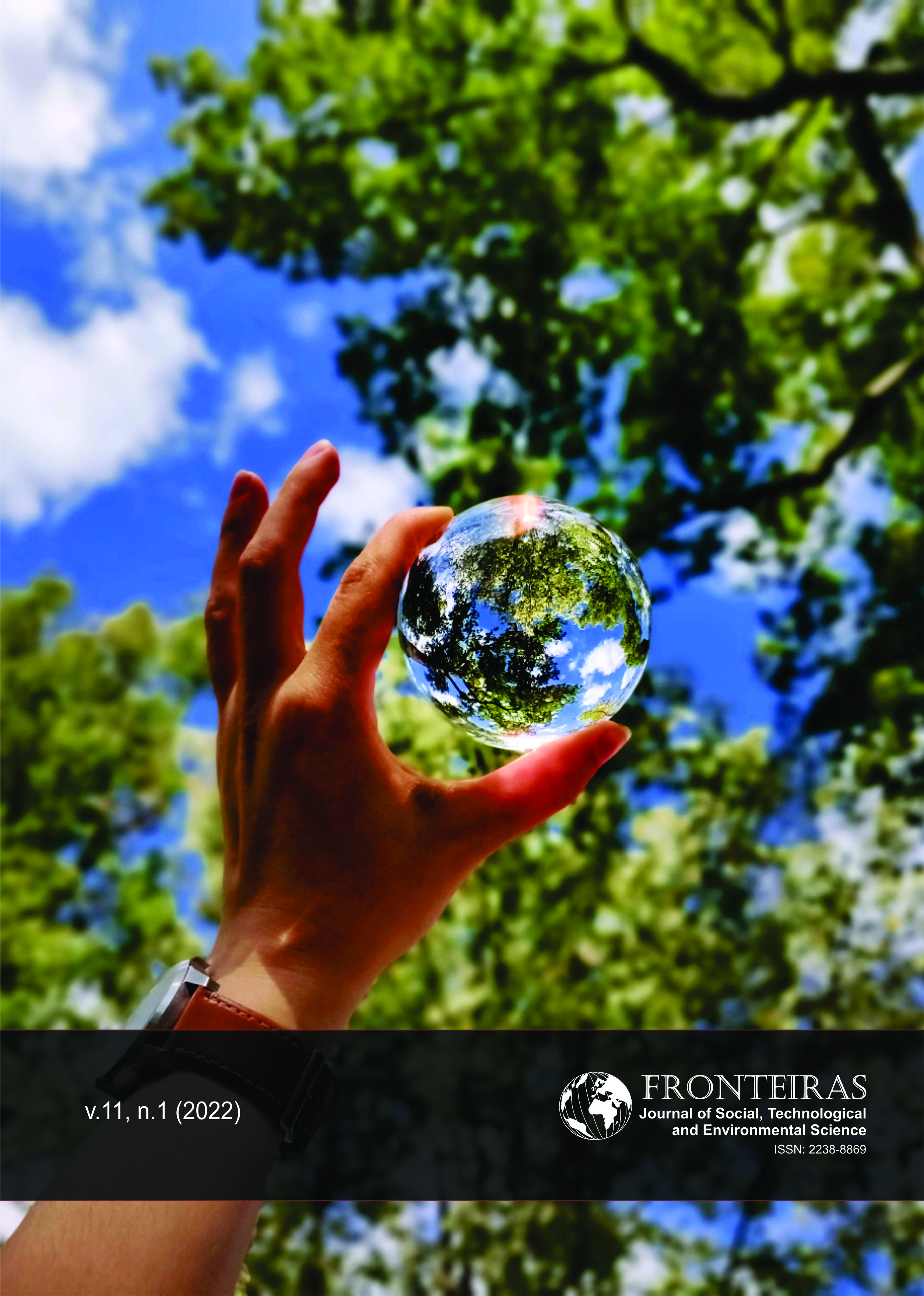Mechanical Drying of Azadirachta Indica A. Juss. seeds: a Tool to Keep Quality of this Eco-Friendly Bio-Insecticide
DOI:
https://doi.org/10.21664/2238-8869.2022v11i1.p39-44Keywords:
sun drying, physical-chemical quality, processed seedsAbstract
Products based on Azadirachta indica A. Juss. (Meliaceae) seeds are worldwide renowned as eco-friendly bio-insecticides. However, the improper processing of the seed may cause significant losses in product effectiveness, as the contents of azadirachtin – its main component – may be affected. This paper aims to assess the degradation level of azadirachtin found in A. indica seeds during the kiln drying process under different temperature and airflow conditions. In order to do so, samples of A. indica fresh seeds were crushed and subjected to 11 drying assays in temperatures ranging from 55 °C to 65 °C and airflows of 0.015 – 0.023 m3.kg-1.s-1, according to the central composite rotatable design 22, with triplicate on the central point. The contents of azadirachtin in both dried and fresh samples were defined through High-Performance Liquid Chromatography (HPLC). Temperatures and airflows had no significant effects on the contents of azadirachtin.
References
Barros Neto BB, Scarmínio IS, Bruns RE 2010. Como fazer experimentos: Pesquisa e desenvolvimento na ciência e na indústria 4 ed, UNICAMP, Campinas, 404pp.
Brazil 2017. Farmacopeia Brasileira 5 ed, Supplement, Anvisa, Brasília, 1016pp.
Chen H, Zhang M, Fang Z, Wang Y 2013. Effects of different drying methods on the quality of squid cubes. Drying Technol 3:1911-1918.
Fernandes SR, Barreiros L, Oliveira RF, Cruz A, Prudêncio C, Oliveira AI, Pinho C, Santos N, Morgado J 2019. Chemistry, bioactivities, extraction and analysis of azadirachtin: State-of the-art. Fitoterapia 134: 141-150.
Gahukar RT 2014. Factors affecting content and bioefficacy of neem (Azadirachta indica A. Juss.) phytochemicals used in agricultural pest control: A review. Crop Prot 62: 93-99.
Hiwale S 2015. Neem (Azadirachta indica). In Sustainable Horticulture in Semiarid Dry Lands. Springer, New Delhi, p. 281-289.
Immaraju JA 1998. The commercial use of azadirachtin and its integration into viable pest control programmes. Pestic Sci 54: 285-289.
Kara C, Doymaz I 2015. Effective moisture diffusivity determination and mathematical modelling of drying curves of apple pomace. Heat Mass Transfer 51: 983-989.
Kizilkaya R, Akça I, Askin T, Yilmaz R, Olekhov V, Samofalova I, Mudrykh N 2012. Effect of soil contamination with azadirachtin on dehydrogenase and catalase activity of soil. Eurasian J Soil Sci 2: 98-103.
Kumar A, Prasad M, Mishra D, Srivastav SK, Srivastav AK 2012. Acute toxicity of azadirachtin to a teleost, Heteropneustes fossilis. Acta Sci, Biol Sci 34(2): 213-216.
Kumar VS, Navaratnam V 2013. Neem (Azadirachta indica): Prehistory to contemporary medicinal uses to humankind. Asian Pac J Trop Biomed 3(7): 505-514.
Neves EJM, Carpanezzi AA 2008. O cultivo do nim para produção de frutos no Brasil. Circular Técnica Embrapa Florestas 162: 1-8.
Paula JAM, Brito LF, Caetano KLFN, Rodrigues MCM, Borges LL, Conceição EC 2016. Ultrasound-assisted extraction of azadirachtin from dried entire fruits of Azadirachta indica A. Juss. (Meliaceae) and its determination by a validated HPLC-PDA method. Talanta 149: 77-84.
Pitta RM 2010. Bioatividade de extratos orgânicos de meliáceas e óleos essenciais de piperáceas sobre Rhopalosiphum maidis (Hemiptera: Aphididae). PhD Thesis, Escola Superior de Agricultura Luiz de Queiroz, Piracicaba, 101 pp.
Roychoudhury R 2016. Neem products. In Omkar (Ed.). Ecofriendly Pest Management for Food Security. Academic Press, Cambridge, p. 545-562.
Tajane S, Dadhe P, Mehetre S, Mandavgane S 2017. Characterization and testing of fine powder formulation of whole neem fruits. Current Science 112(9): 1942-1948.
Tanuja K, Kavitha G, Karuna R, Sashidhar RB 2012. Substrate suitability of neem seed kernel for the growth and elaboration of aflatoxins by Aspergillus parasiticus (NRRL-2999). Indian J Nat Prod Resour 3: 395-406.
Tiwari R, Verma AK, Chakraborty S, Dhama K, Singh SV 2014. Neem (Azadirachta indica) and its potential for safeguarding health of animals and humans: a review. J Biol Sci 14(2): 110-123.
World Health Organization 2003. WHO guidelines on good agricultural and collection practices (GACP) for medicinal plants. WHO, Geneva, 72 pp.
World Health Organization 2011. Quality control methods for herbal materials. WHO, Geneva, 173 pp.
Yakkundi SR, Thejavathi R, Ravindranath B 1995. Variation of azadirachtin content during growth and storage of neem (Azadirachta indica) seeds. J Agric Food Chem 43: 2517-2519.
Downloads
Published
How to Cite
Issue
Section
License
This journal offers immediate free access to its content, following the principle that providing free scientific knowledge to the public, we provides greater global democratization of knowledge.
As of the publication in the journal the authors have copyright and publication rights of their articles without restrictions.
The Revista Fronteiras: Journal of Social, Technological and Environmental Science follows the legal precepts of the Creative Commons - Attribution-NonCommercial-ShareAlike 4.0 International. 


